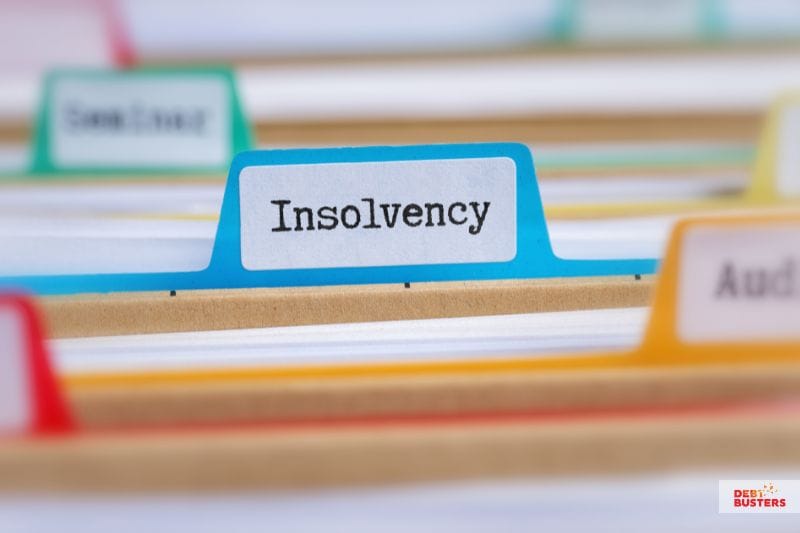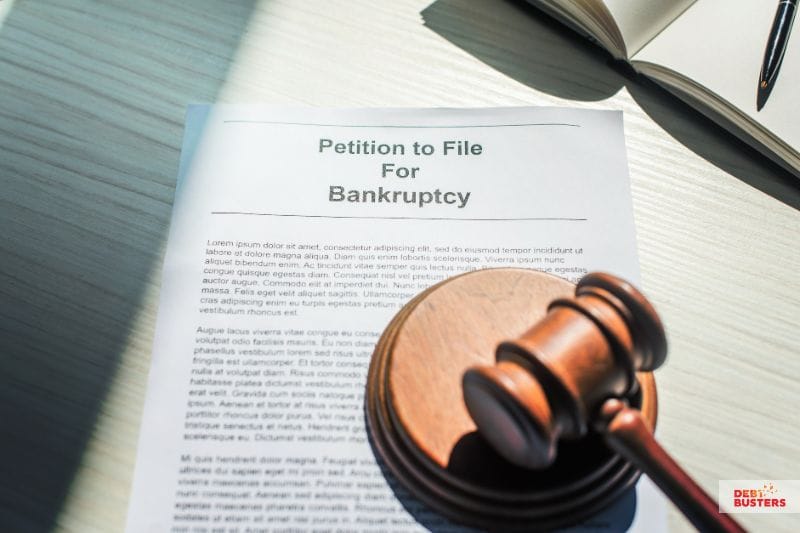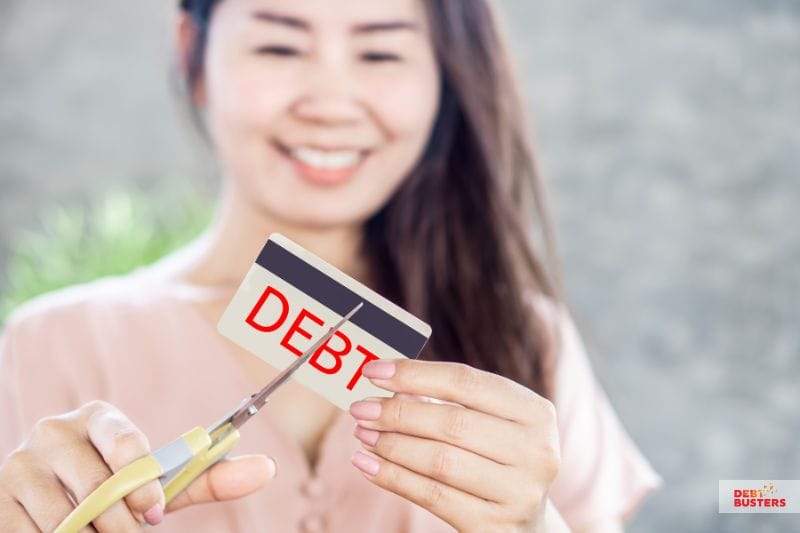Bankruptcy and insolvency aren’t things most people think about until life takes an unexpected turn.
The words alone can feel overwhelming, bringing worries of legal issues and uncertainty about your financial future. But what do they really mean?
More importantly, what do they mean for you?
Being insolvent doesn’t automatically mean you’ll end up bankrupt. And filing for bankruptcy isn’t a quick fix. It’s a serious step, and one that many people only take after trying other options.
The truth is, debt can sneak up on anyone. Whether it’s from job loss, unexpected bills, or just trying to stay afloat, it can feel like there’s no way out. But there are ways forward, and you’re not alone in facing this.
This article is here to help you make sense of it all. We’ll break down what happens when debt becomes unmanageable, how insolvency and bankruptcy work, and what steps you can take to regain control.
Understanding Insolvency

Insolvency means you’re unable to pay your debts when they’re due. Being insolvent doesn’t mean you’re bankrupt; it simply means you’re struggling to meet your financial commitments. Bankruptcy is just one of several possible outcomes.
Personal insolvency doesn’t happen overnight, and it’s not a single event. It’s a state you can linger in for months or even years before anything legal happens. Some people manage to stay afloat, shuffling money around, borrowing from one place to pay another, and hoping for a turnaround.
It usually falls into two categories:
- Cash-flow insolvency – You have assets but no cash to pay debts as they come due.
- Balance-sheet insolvency – Your total debt outweighs your assets, making full repayment impossible.
And it can happen for a hundred different reasons—job loss, unexpected accidents, rising costs, or just debt that slowly snowballs out of control.
One of the biggest risks is waiting too long to act. It’s easy to put off difficult conversations, but early action gives you more breathing room and better options. Ignoring bills, avoiding creditor calls, and hoping the problem disappears only worsens things.
Worried about your finances? You may have more options than you think. Debtbusters can help you explore alternatives before bankruptcy becomes necessary. Reach out today for a free, confidential consultation.
Understanding Bankruptcy

Bankruptcy is a formal legal process designed to help people in serious financial trouble reset and rebuild.
Once you’re declared bankrupt, you hand over control of your financial affairs to a registered bankruptcy trustee. They’ll manage your assets, unmanageable debts, and, if you’re earning over a certain threshold, even some of your income for a set period.
In Australia, you can apply for voluntary bankruptcy, or a creditor can apply to make you bankrupt if you owe $10,000 or more.
It’s also important to know that bankruptcy doesn’t erase everything. Court fines, child support, and secured debts like mortgages are not cleared by bankruptcy.
What Happens When You Declare Bankruptcy?

Declaring bankruptcy is a big decision, but it can also be a fresh start. If you’re considering this step, here’s a simple breakdown of what actually happens once you’re declared bankrupt:
1. A Trustee Takes Over Your Financial Affairs
A registered bankruptcy trustee—either an individual or a company—is appointed to manage your bankruptcy. They deal with your creditors, assess your income, and may take control of certain assets. They’re not there to judge you, just to follow the legal process and ensure everything is handled fairly.
2. Your Assets Are Reviewed
Your trustee will look at what you own. Some things are protected (like essential household items), but others, such as high-value vehicles, property with equity, or large savings, may help meet your debt obligations.
3. You May Have to Make Payments From Your Income
If you earn over a certain amount, you may be required to make regular payments during your bankruptcy period. These are referred to as compulsory income contributions, and the amount depends on your household situation and income level.
4. Your Credit File Will Reflect the Bankruptcy
Your bankruptcy will be listed on your credit file for five years, or longer if you don’t meet your obligations. This can affect your ability to borrow money, sign up for phone plans, or rent a home.
However, remember that many people rebuild their credit after bankruptcy with time and support. You will also be listed on the National Personal Insolvency Index, a public government record of all bankruptcies in Australia. Accessing the NPII requires a fee, so it is not commonly searched by individuals, but lenders, landlords, and some employers can view it, which may affect certain applications.
5. It Usually Lasts 3 Years and 1 Day
Most bankruptcies last just over three years. During this time, you must stay in contact with your trustee, update them about any changes (like income, assets, or job), and meet all your financial obligations.
Before making a decision that affects your future, book a call with Debtbusters. Whether it’s a Debt Agreement or another solution catered to your needs, the right guidance now can make all the difference.
Debt Solutions That Might Keep You Out of Bankruptcy

If you’re feeling overwhelmed by debt but want to look for an alternative to bankruptcy, there are other solutions that might suit your situation. Each option has its own pros and cons, but with the right support, you can choose a path that helps you breathe easier and start moving forward.
Below are just some of the options available to you, depending on your unique financial circumstances.
| Debt Solution | How it helps | Best For |
| Debt Agreements (Part IX) | A legally binding arrangement under the Bankruptcy Act that allows you to repay a portion of your unsecured debts over time, based on what you can afford.
You make one regular payment, and your creditors stop charging interest and can’t take legal action. |
People with steady income who want structure and protection but need debt relief. |
| Informal Payment Arrangement | A flexible, non-binding agreement between you and your creditors to lower your repayments and reduce short-term financial pressure.
You only pay what you can reasonably afford, and many creditors may agree to pause interest or fees. |
People facing temporary hardship who want to stay on good terms with creditors and avoid formal insolvency. |
| Debt Settlement | Involves negotiating with your creditors to pay a lump sum that’s less than the total amount owed, effectively clearing the debt in full.It can help you get out of debt faster, especially if you have access to savings or family support. | People with access to a lump sum who want to resolve debts quickly and avoid long-term repayment plans. |
The Emotional Impact of Insolvency & Bankruptcy

Debt is more than just a financial problem. It can affect your mental and emotional well-being. Ongoing stress from unpaid bills, calls from creditors, and general uncertainty can make day-to-day life feel difficult.
Many people worry about how others might view their situation. This can include concern about what family, friends, or employers may think. These feelings often lead to avoidance, where letters are left unopened or phone calls go unanswered.
If you are feeling this way, know that you are not alone. Many Australians experience financial difficulty, and there is support available. The insolvency system is not designed to punish people. It exists to help those who are struggling to meet debt obligations and move forward.
Wrap-Up: The Way Out of Financial Ruin

Debt can feel like a weight you’ll never shake, but it doesn’t define your future. Insolvency and bankruptcy come with challenges, but they’re not permanent setbacks. People recover, rebuild, and often come out with better financial habits than before.
The real mistake is waiting too long to take action. The sooner you tackle the problem, whether by restructuring, getting professional advice, or, if necessary, accepting bankruptcy, the more control you keep over what happens next. It’s not about where you are now, but what you do next.
And taking action does not need to be overwhelming. Sometimes, it starts with a simple conversation. Debt Busters can help you explore your options, whether that means avoiding bankruptcy or understanding what steps to take next.


